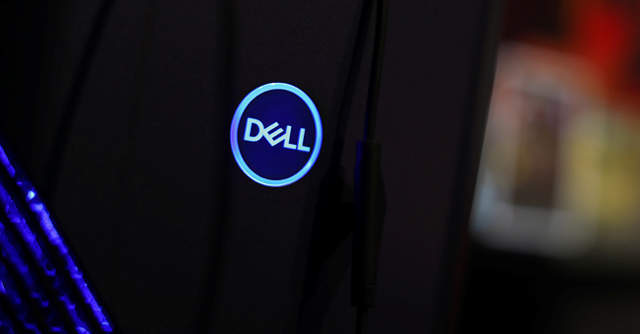
Dell stresses on workload centricity, edge computing and accelerators as key future server trends


Workload centric server architectures, adoption of accelerators and increased reliance on edge computing are the three server trends that Roundrock, Texas based Dell Technologies has said enterprises should focus on in order to gain a competitive advantage in the post pandemic future.
In the future, as businesses continue to rely heavily on digitization and focus on adoption of new-age technologies, there would be an inherent need to transform legacy IT into modern infrastructures.
Servers form the bedrock for the modern datacenter and will play a crucial role in driving digital transformation for both large and small organizations, Dell said.

The inability of organizations to meet their growing IT requirements may result in frustrated customers, which could eventually lead to higher costs. Businesses, in turn, could lose a crucial step to leapfrog competition.
Read: How AI and predictive analytics can help ecommerce tide over the Covid-19 crisis
In this regard, organisations need to be aware of three key trends in computing that have the potential to change how businesses function.

Workload centric server architectures can be crucial to companies in deploying new-age workloads at a faster pace. Workload centricity refers to the architectural mindset that businesses need and should be placed first and the infrastructure should be built to service end user applications and management of policies.
Also read: Enterprises see AI as critical but less than one-fifth leverage it: Wipro
Second, with data becoming the new oil, businesses now rely heavily on data-driven insights which requires compute needs to be closest to data, along with the ability to analyse large quantities of data in real-time.

In such a scenario, accelerators such as Graphic Processing Units (GPUs), Field Programmable Graphic Arrays (FPGAs), and Intelligent Processing Units (IPUs) are required to be inbuilt into server architectures to meet the spike in demand from businesses.
Third, edge computing should be deployed at scale to bring computing close to the source of data. Such a move would help in reducing latency and bandwidth usage. Edge also results in requiring to run fewer processes at the core and moving the same to the edge where the data originates.
“As the demand for edge computing increases, the demand for new server architectures will also increase which will be critical to providing the required performance and resiliency” Dell said.

